Huang Longxi
Huanglongxi Town is situated on the Fuhe River to the East and Muma Mountain to the north. With beautiful scenery, the inhabitants of the town live in this quiet and primitive environment. The earliest and systematic launch of Huanglong Valley is the number of China Trade Corporation. In 1990, in a publication presented to the whole country, the company introduced in detail the history of the ancient town, Zhuge Liang Bingmu Ma Shan, and the successors of traditional Chinese medicine in the ancient town. And with a large number of ancient temples, ancient trees, ancient streets and alleys, ancient floating bridges and ancient wooden ware, carving pictures, showing the Huanglongxi "ancient town scenery is good, ancient town folk style pure" scene. In the same year, "Civil Aviation of China" and "Southwest Airlines" and other magazines began to introduce Huanglongxi ancient town style. In'92 China Friendship Tourist Year', the Provincial Tourism Bureau and the Southwest Civil Aviation Administration jointly promoted the ancient town of Huanglongxi as one of eight selected tourist routes. Most of the existing dwellings in Huanglongxi ancient town are Ming and Qing Dynasties buildings. The main street is paved with stone slabs. On both sides of the street are hanging feet with cornices and railings. Huanglongxi, everywhere filled with mist, deep streets, curved, two-storey wooden buildings on both sides, one by one, downstairs to the street are mostly shops, arcade-style buildings, a blue-and-white flag fluttering in front of the door, what "fish fragrance", "Lu Huitou", "Tang crisp shop" and so on. The house on the two floor, near the inner street, is used as a residence, near the riverside for business. Walking through a street, I saw another lane, the blue stone road at my feet, the dark and shining doors, the antique signboards, with a strong sense of antiquity.
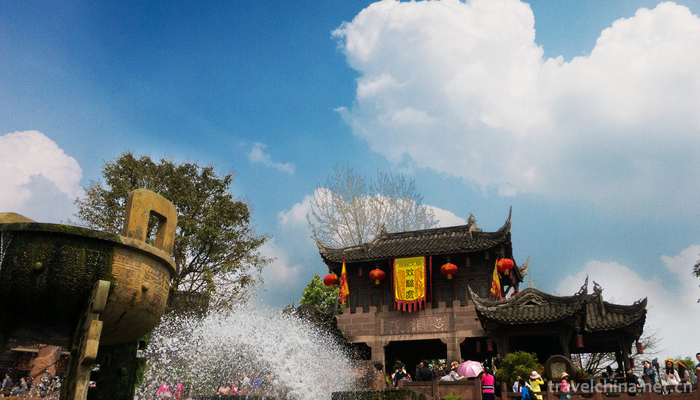
The ancient cultural tourist attractions in Huanglongxi are as many as bright pearls. They can be divided into three ancient scenic areas connected by water, namely, the core scenic area, the diffusion scenic area and the extension scenic area.

The core scenic spot of Huanglongxi is an area of 5 square kilometers centered on the ancient town. It is famous for its ancient streets, ancient trees, ancient temples, ancient dykes, ancient embankments, ancient houses, ancient docks, ancient battlefields, ancient cliff tombs and ancient yamen. Ancient town also has "one street, three temples", "three counties, one yamen", "millennium old trees with ancient town" and so on all sigh for the national spectacle, Zhenjiang Temple is opposite the Jinjiang River and Luxi River intersection, Jinjiang River water, Luxi water brown, visible "Huanglong crossing Qingjiang River, real dragon inside Tibet" landscape, boating water, air and elegant, Poetry and tea are like dreams. Three kilometers from the mouth of the Luxi River to the Huanglongxi Spreading Scenic Area, the scenic area is famous for the "Great Buddha Temple" and "Guanyin Temple", two temples are located on two mountains, far away from each other. On the north bank is the "Great Buddha Temple" which was originally built in the Ming Dynasty. It was carved on the steep cliff of the elephant album and is two Zhang high. It is called the "second largest Buddha in Shuzhong" in history. The Guanyin temple is located on the Guanyin Mountain. Two kilometers from the upper reaches of the Luxi River along the Jinjiang River is the Chenjia Island, which is one of the "five islands of Huanglong". There is only one existing island in Western Sichuan that does not wash away the ancient grinding water - "Chenjiashui Mill". When the car goes near the water grinding the island, it smells the squeaky and dumb ancient grinding sound from afar, which arouses many sweet memories of farming culture.
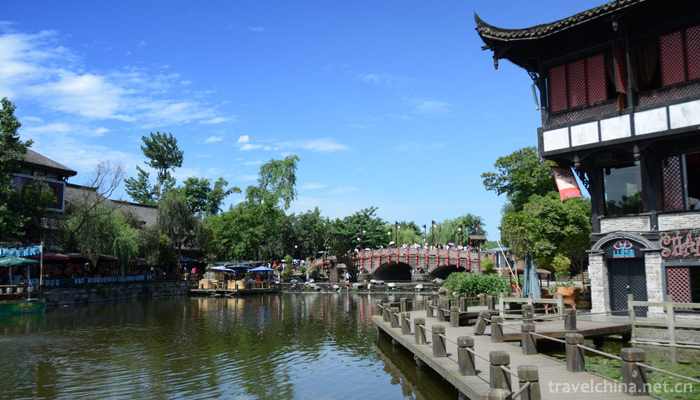
It is precisely the ancient flavor that attracts many friends in the film and television circles. It has become an ideal place for making films in ancient costumes. More than 100 films and TV films, such as Zhuo Wenjun and Sima Xiangru, Haideng Master and Qin Huai Shijia, have been filmed here successively.
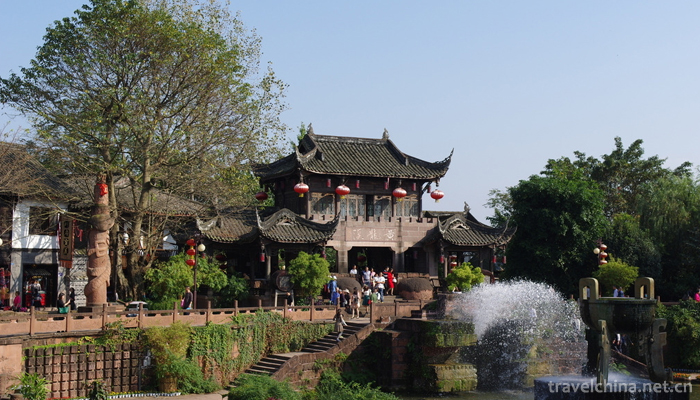
More pic
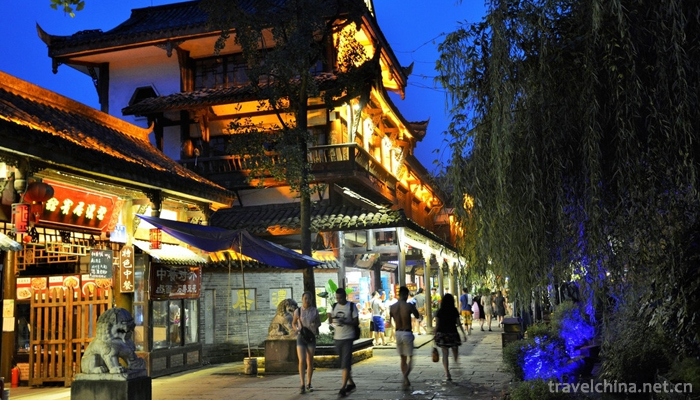
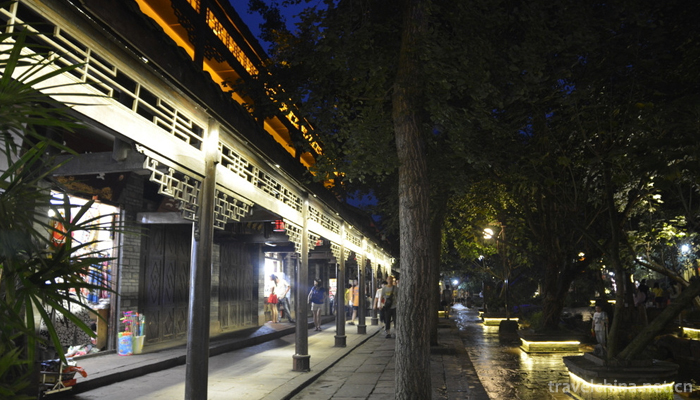
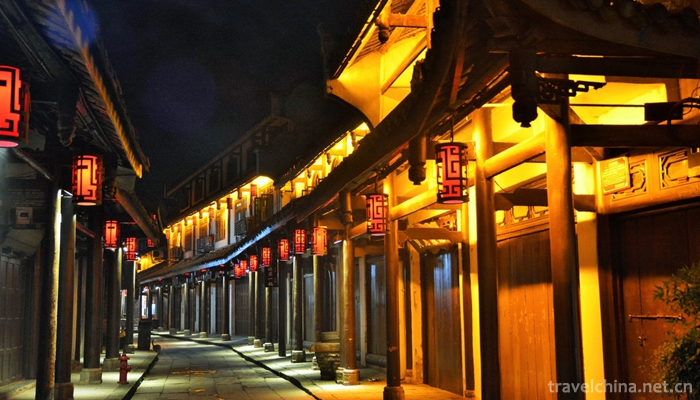
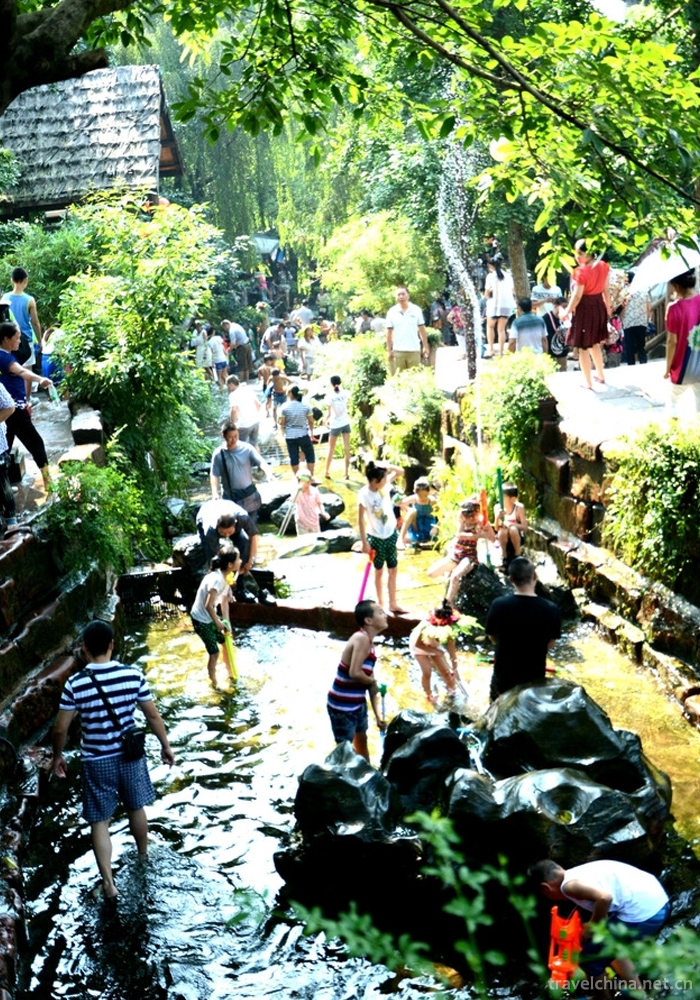
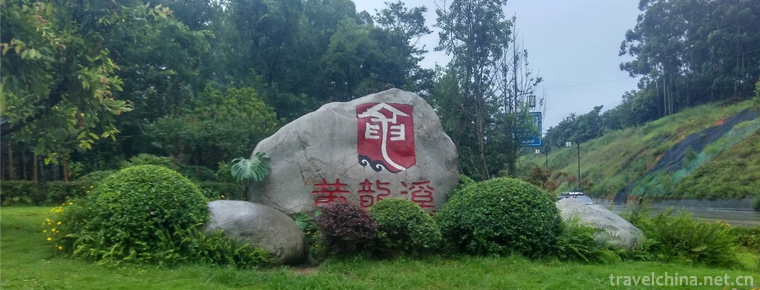
-
2.Shenyuan Scenic Spot Lu Xuns Hometown
Shenyuan is a national 5A scenic spot, located in Chunbolang, Yuecheng District, Shaoxing City. It is a famous garden in Song Dynasty. Shenyuan has a history of more than 800 years.
Time 2018-12-07 -
3.Shanghai Metropolitan Vegetable Garden
Shanghai Metropolitan Vegetable Garden is located on the Bank of Hangzhou Bay, Bay Town, Fengxian District. It is about 50 kilometers away from the center of Shanghai
Time 2018-12-19 -
4.Bassoon ba song cuo
Basongtao, also known as Caogao Lake, means "green water" in Tibetan. It is about 18 kilometers long. Its surface area is about 27 square kilometers.
Time 2019-01-02 -
5.fengjing ancient town
Fengjing Ancient Town, which belongs to Jinshan District of Shanghai, is located in the southwest of Shanghai and borders five districts and counties of Shanghai and Zhejiang. It is the most important
Time 2019-01-12 -
6.Tanxi Mountain Scenic Area
Tanxi Mountain Tourist Area: National AAAA Tourist Area, National Forest Park, National Geopark, National Water Conservancy Scenic Area and Key Scenic Spots in Shandong Province.
Time 2019-02-13 -
7.memorial ceremony for Confucius
The sacrifice to Confucius is a grand sacrifice ceremony held mainly in Confucian temples for the sake of revering and remembering Confucius, which is a miracle in the history of world sacrifice and h
Time 2019-05-05 -
8.Qingtian Stone Carving
Qingtian stone carving originated in the period of "Kanze Culture" 5000 years ago. During the Tang and Song Dynasties, there were breakthroughs in creative themes and techniques. During the
Time 2019-06-11 -
9.Wuqiang Wood Engraving New Year Picture
Wuqiang New Year's Painting is one of the traditional folk crafts in Wuqiang County, Hebei Province. It is named for its origin in Wuqiang County, Hebei Province. It is a unique style of Chinese folk
Time 2019-06-30 -
10.Ziyang Folk Songs
Ziyang Folk Song is the general name of traditional folk songs spread in Ziyang County, Shaanxi Province, and it is the most representative of traditional folk songs in southern Shaanxi Province. It h
Time 2019-08-16 -
11.The changing style of Cheongsam
After a hundred years of evolution, with the change of people's life style and aesthetic taste, cheongsam has developed a variety of styles, which makes people dazzled. In the golden age of the development of Cheongsam in the 1930s and 1940s, the styles of cheongsam changed
Time 2020-12-11 -
12.Main scenic spots in Meishan
Jiulongshan Forest Park is located in the southwest of Sichuan Province, in Yangchang Town, Danling County, Meishan City, about 20km away from Danling county. It covers an area of 380 hectares, including 100 hectares of core scenic area. The a
Time 2020-12-18